| Publication | Travel + Leisure |
| Year | 2017 |
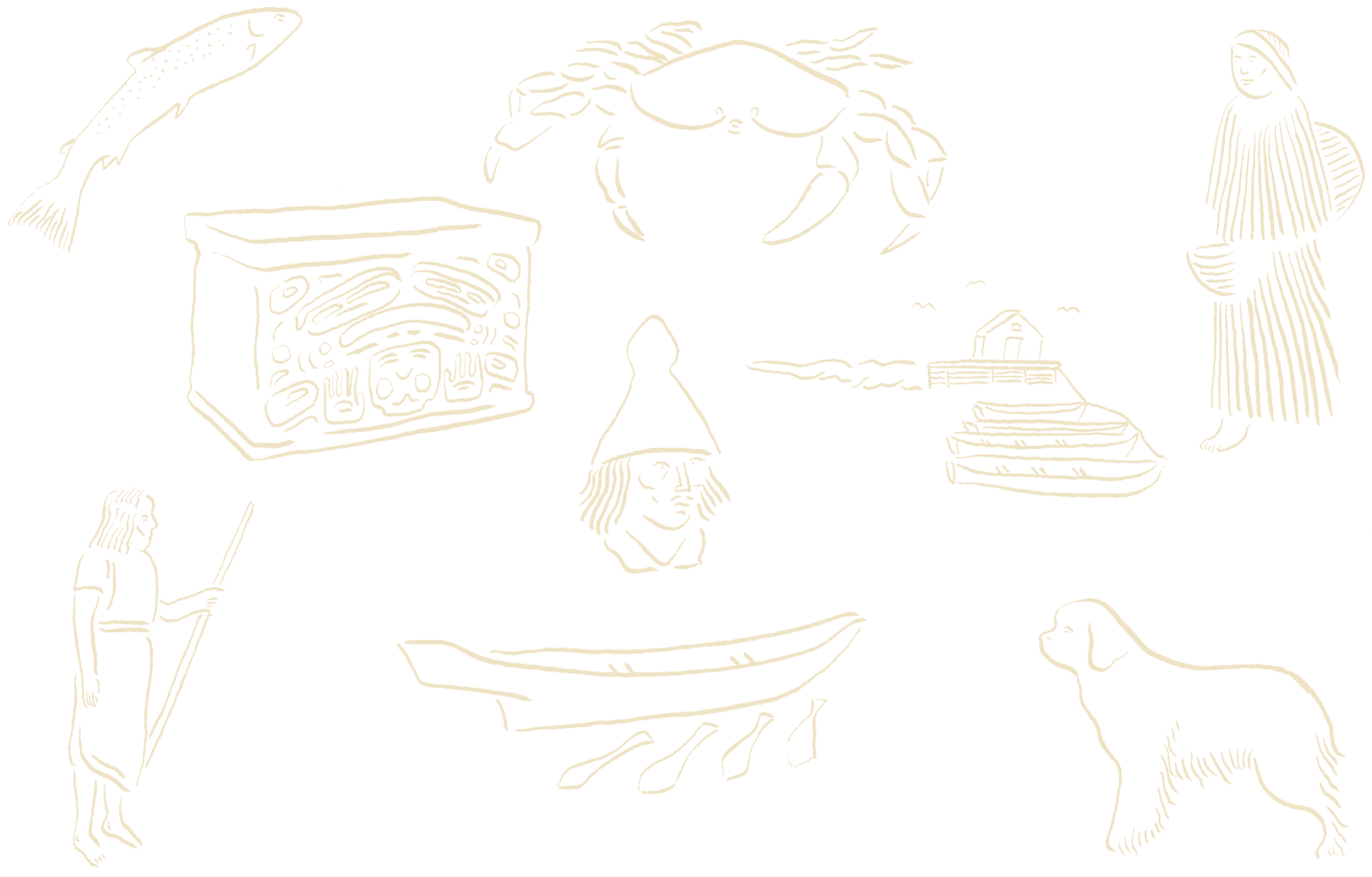
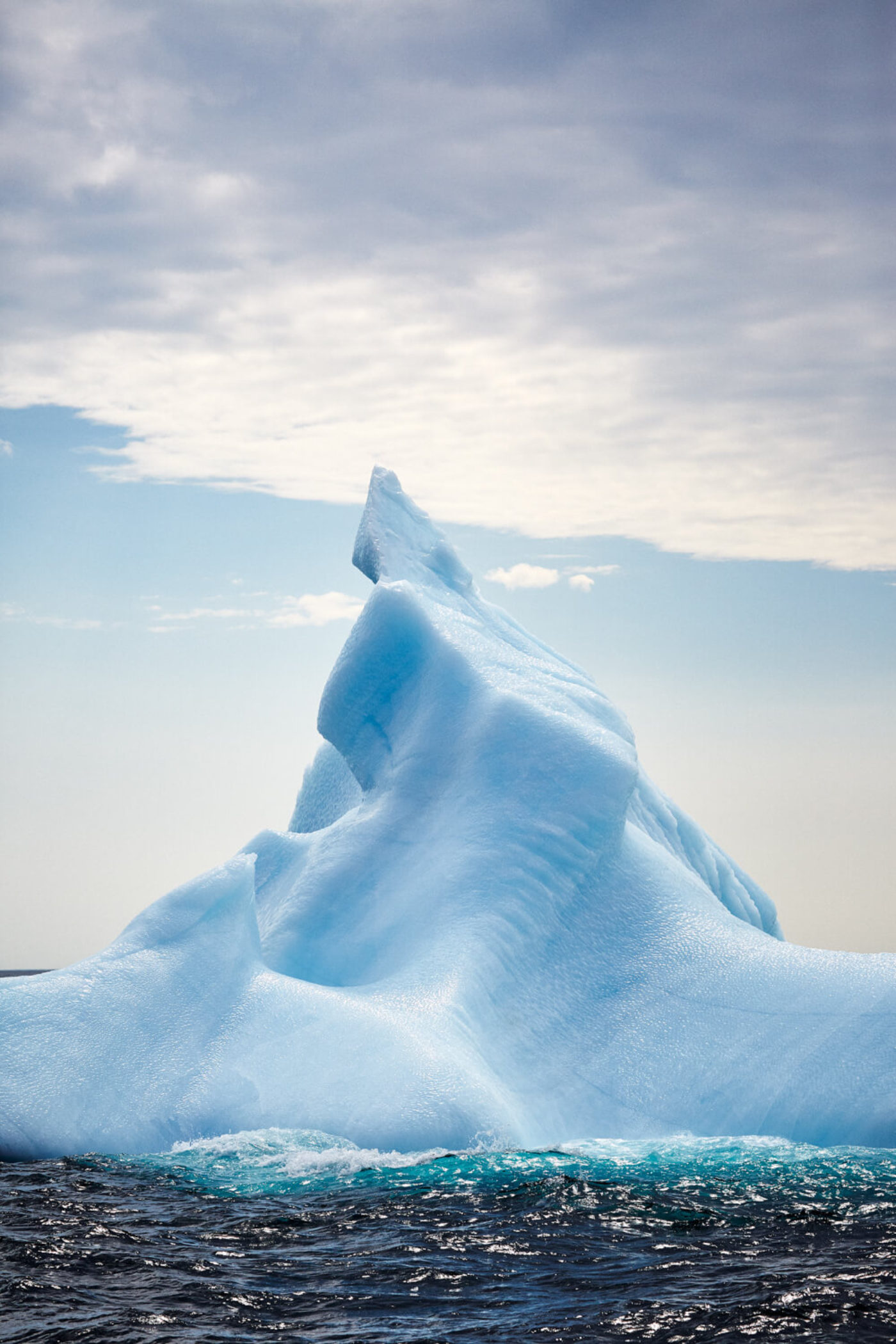
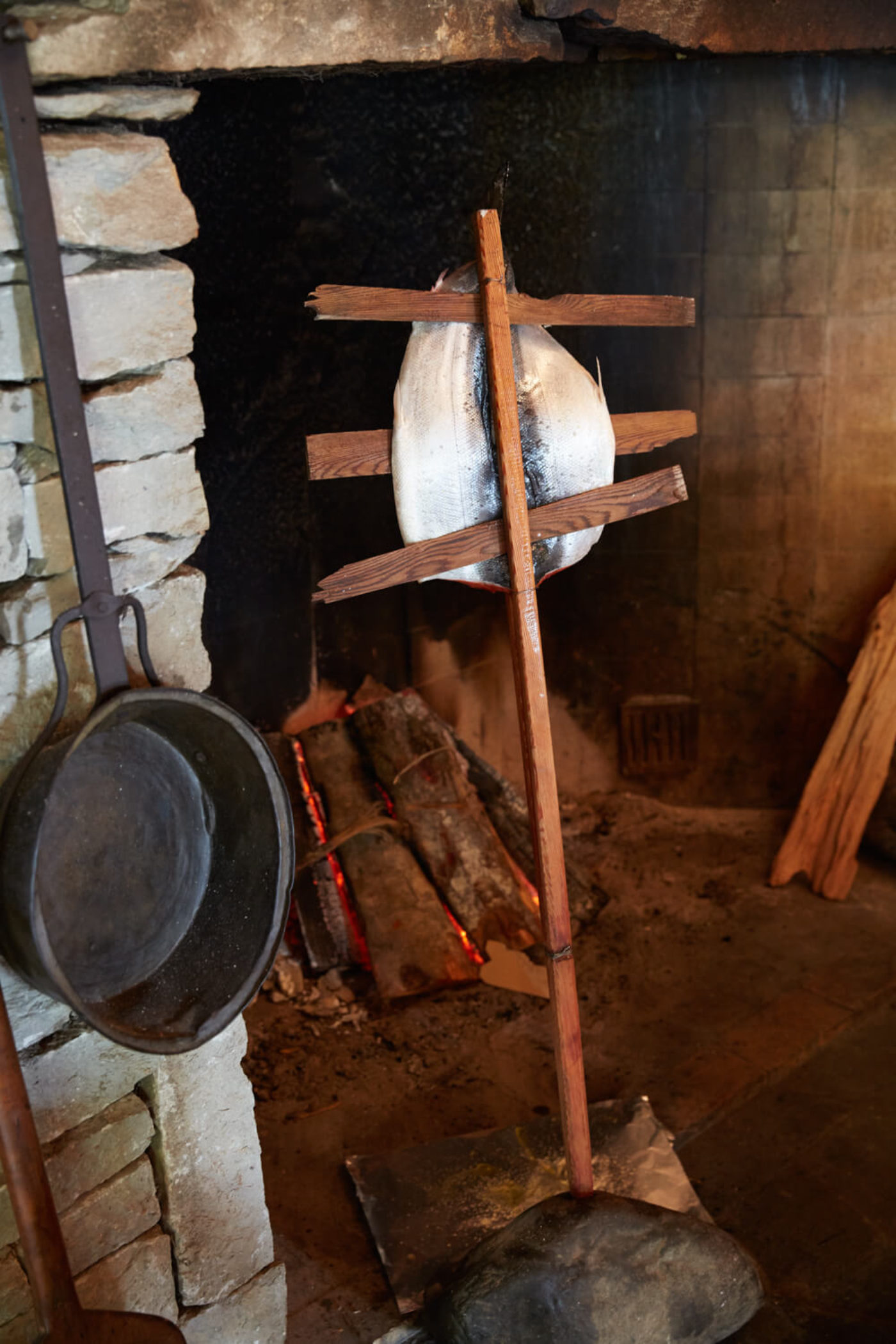
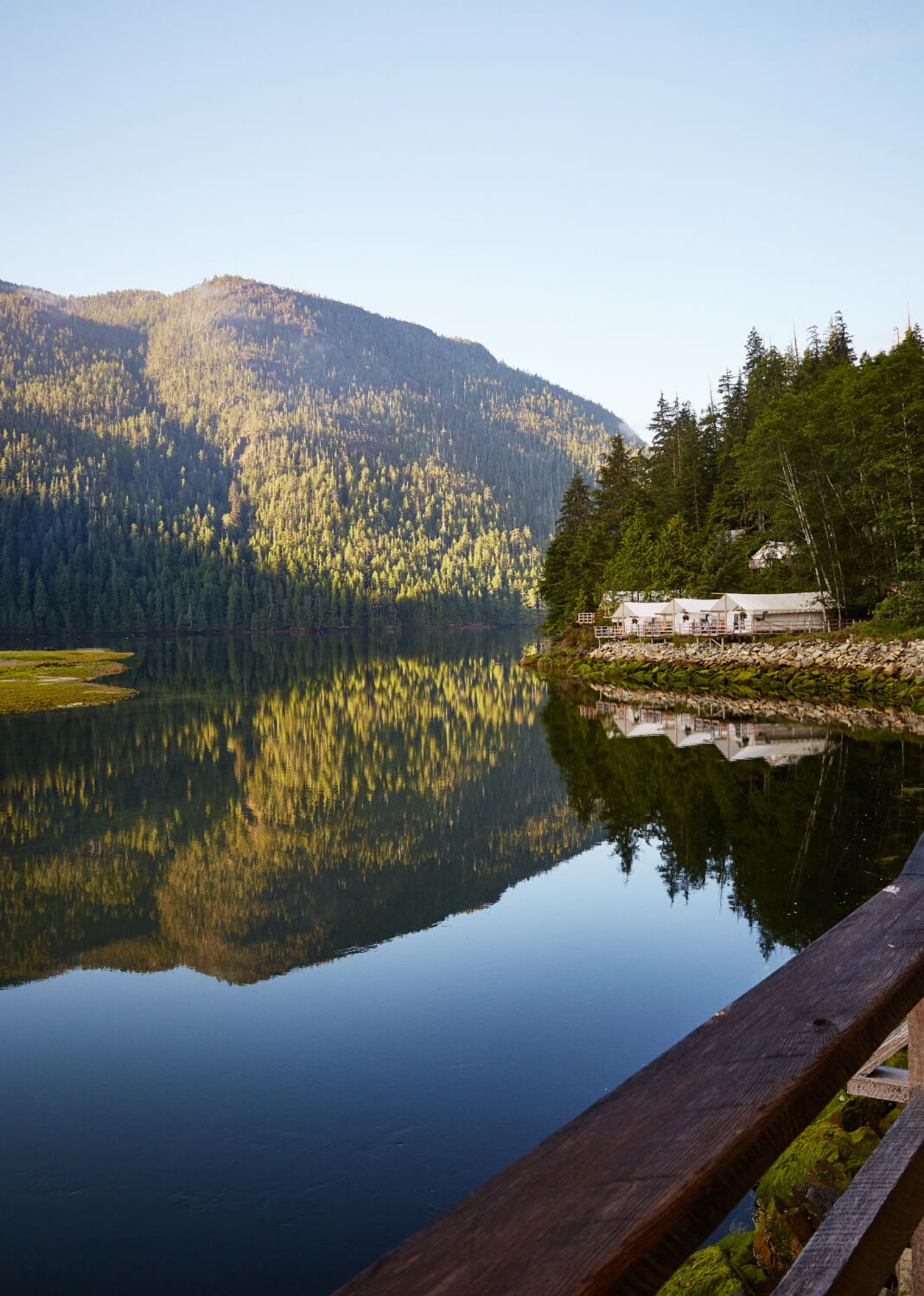
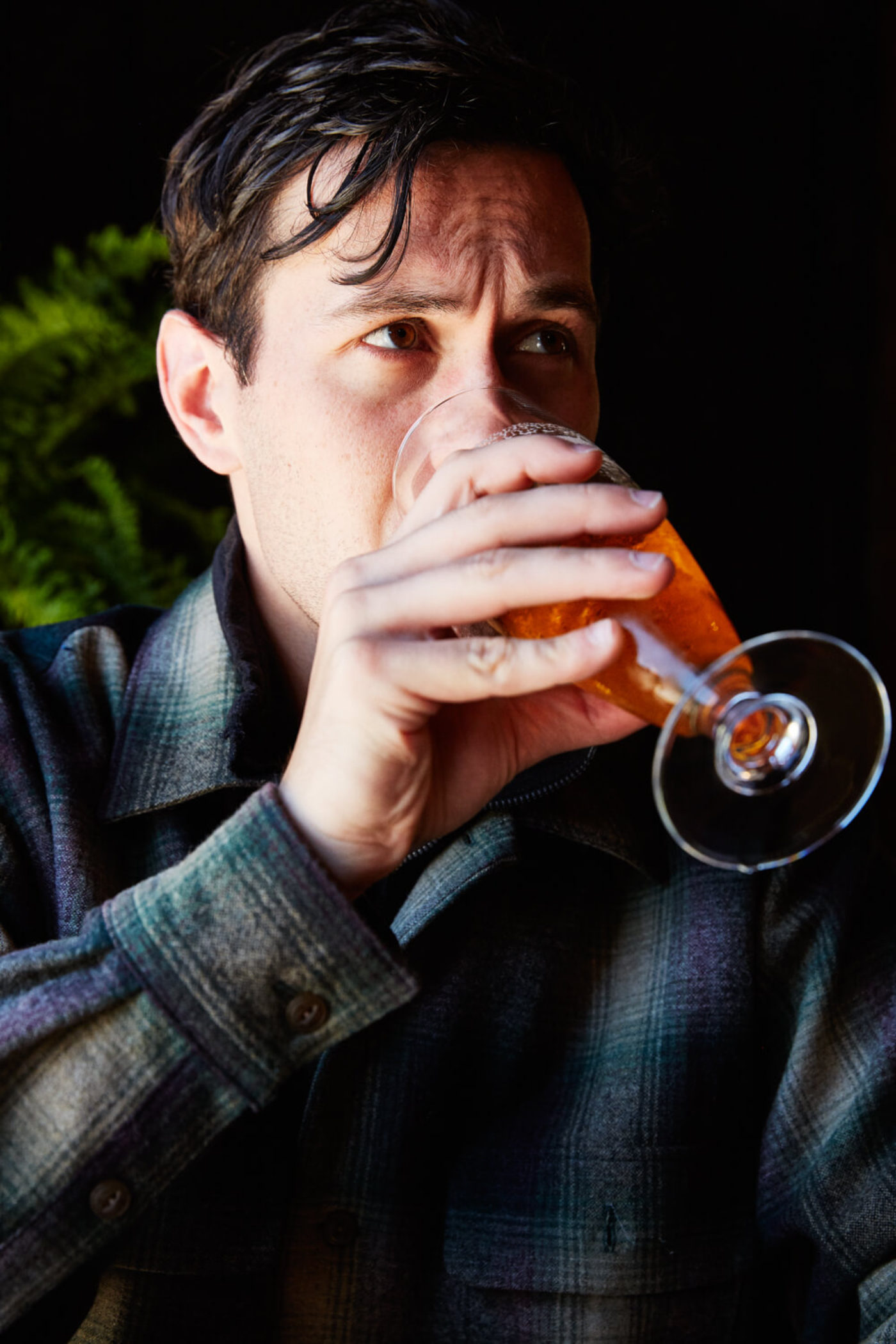
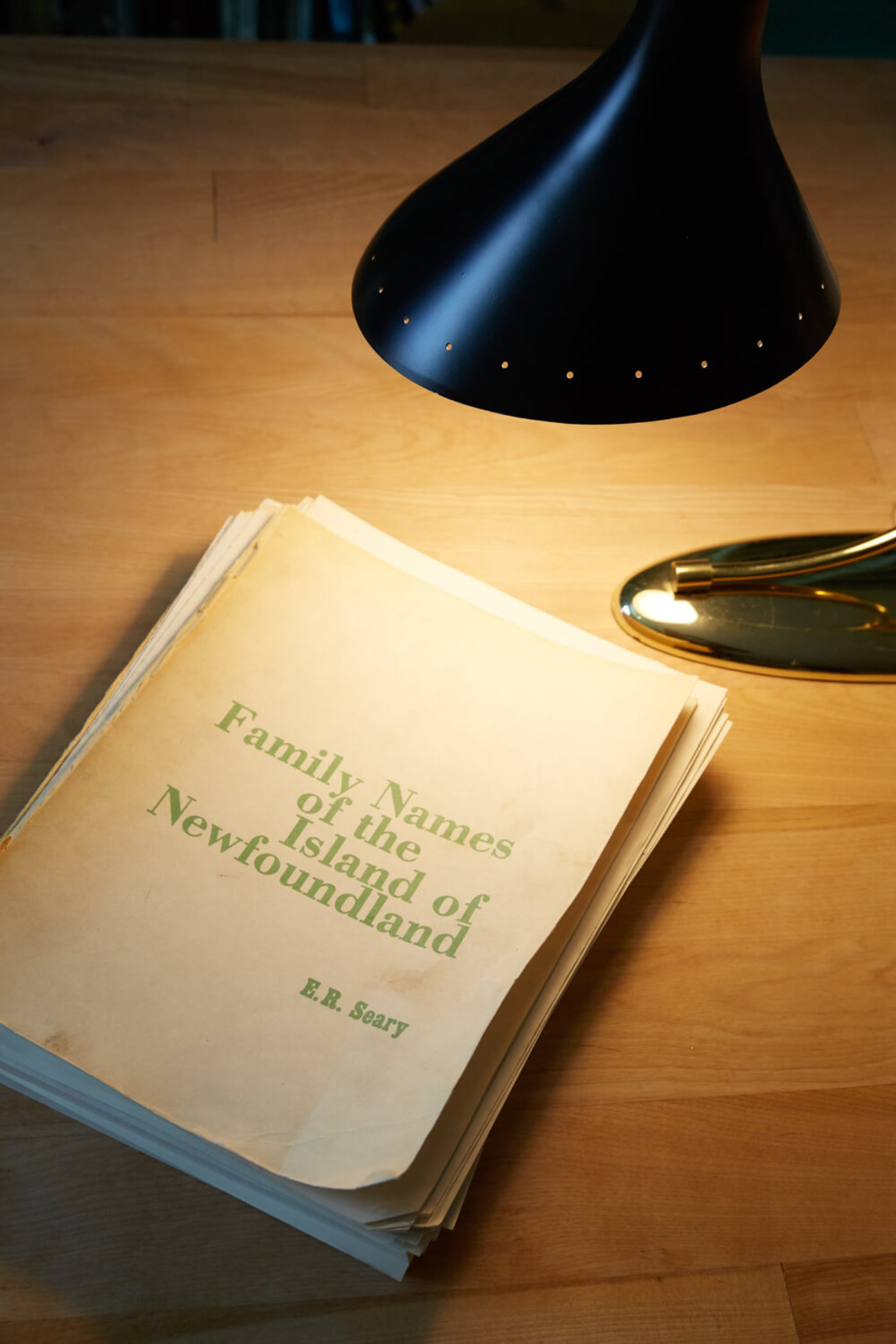
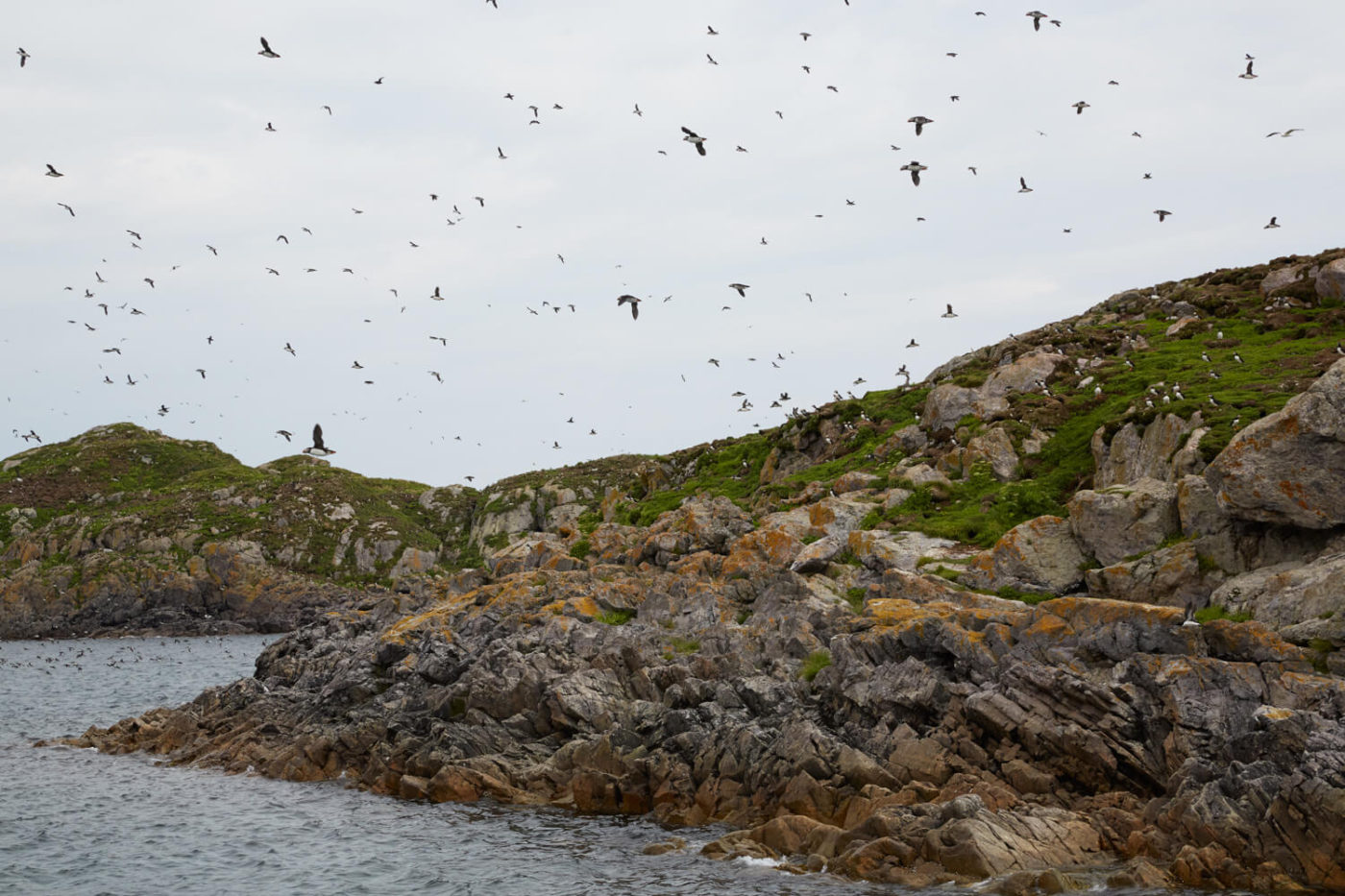
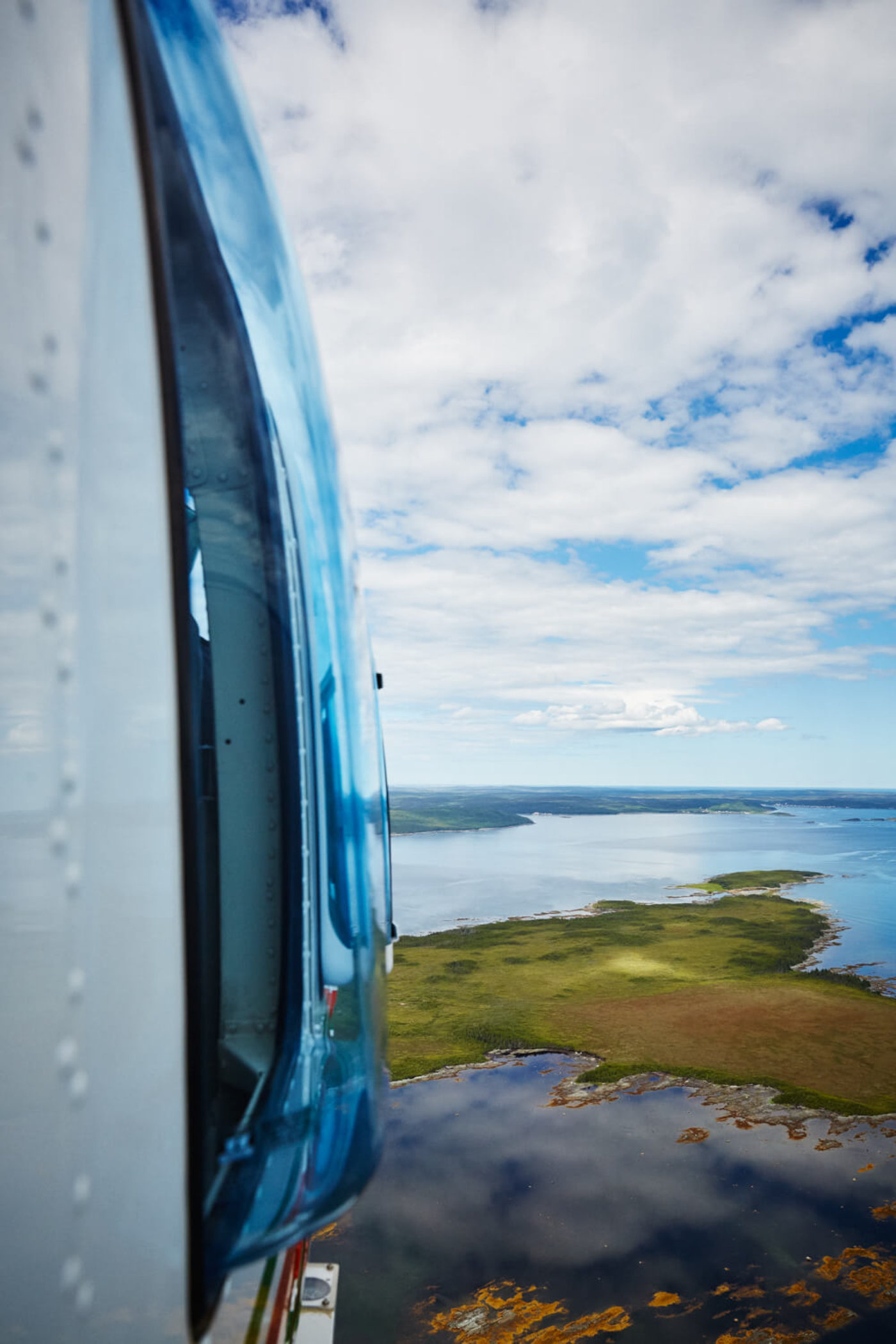
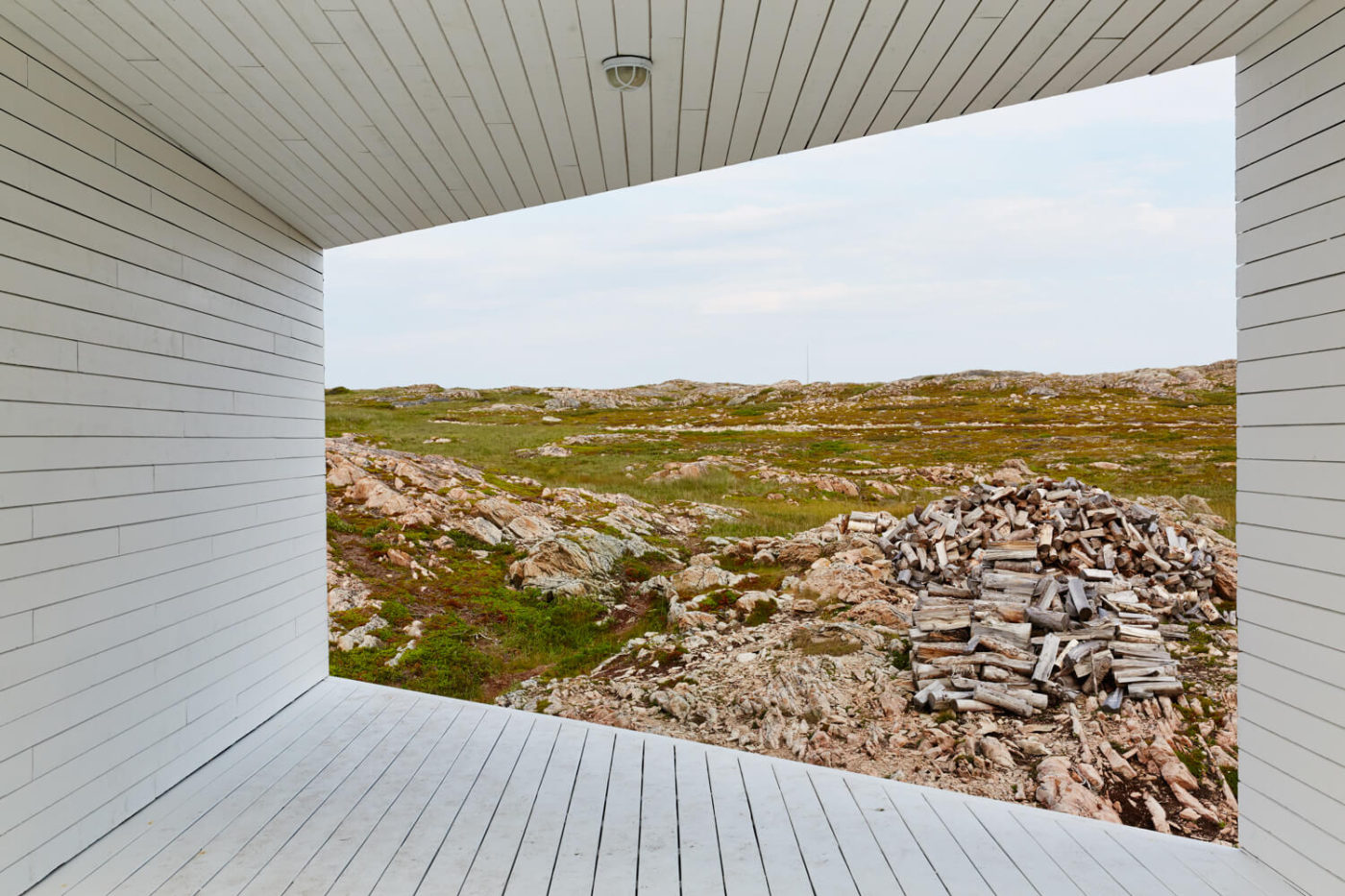
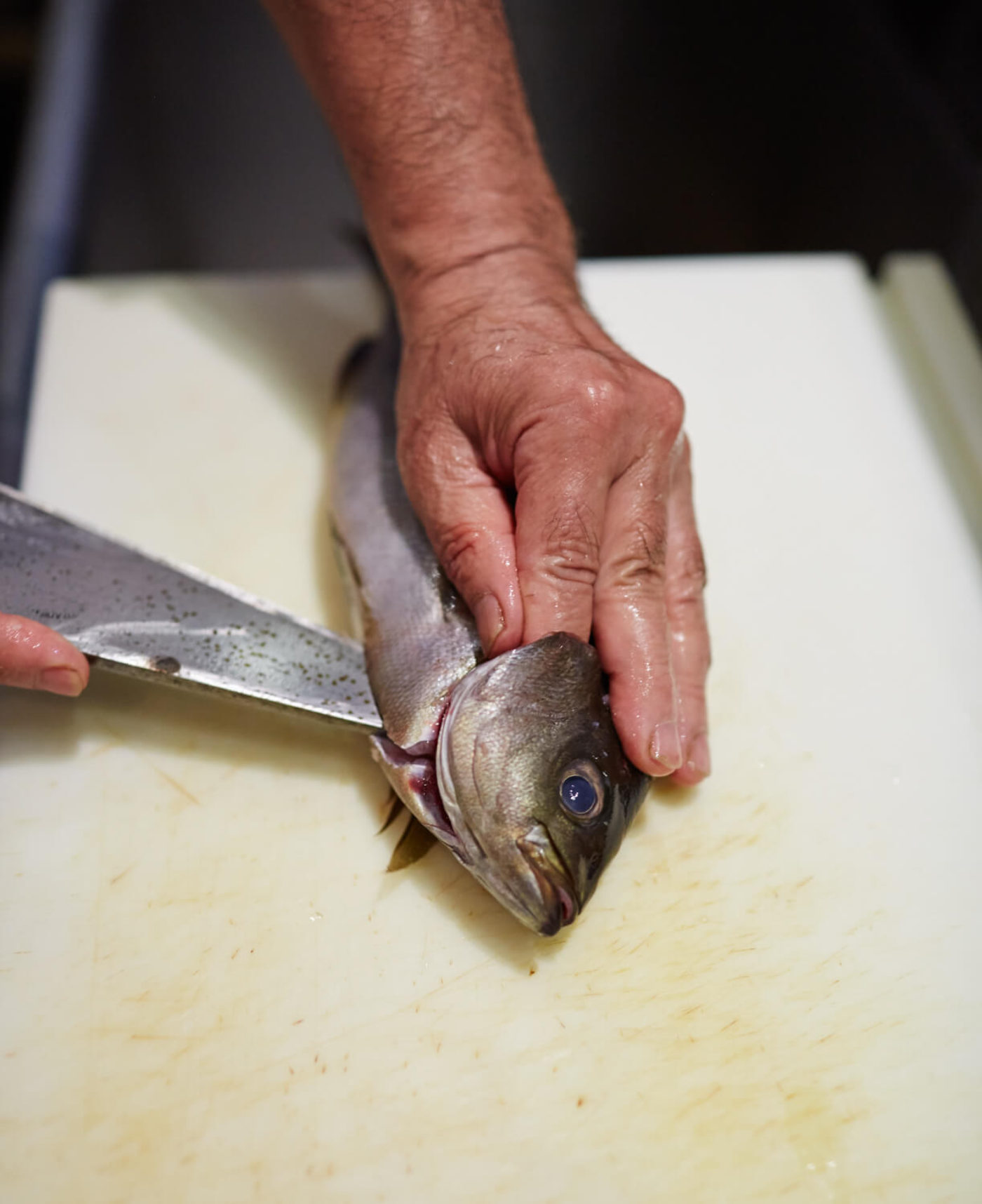
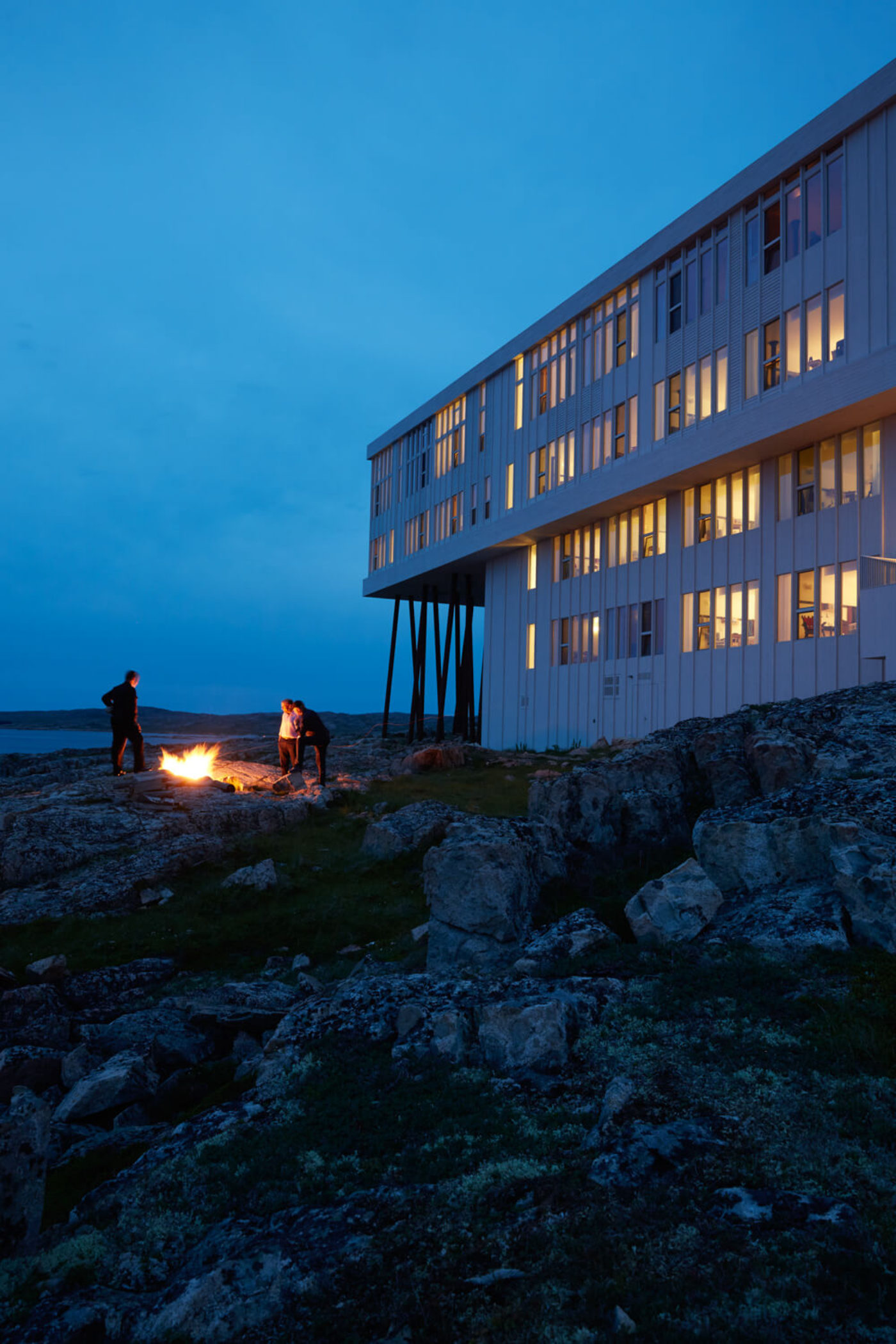
Canada Crossing
| Publication | Travel + Leisure |
| Year | 2017 |
When the British explorer James Cook reached Vancouver Island in 1778, he was not greeted by Norwegian Fjord horses pulling a polished black carriage. Nor was he offered salmon sushi on elegant stone slabs, as my father and I were upon arriving at the Clayoquot Wilderness Resort, a luxury tented camp spread over 600 acres on Vancouver Island’s western coast.
Once we had settled in to our plush canvas tent, with its red velvet armchairs and crystal decanters, we tried to imagine the mix of dread and curiosity with which Cook — the first documented European to walk these shores — would’ve beheld these mountains carpeted in western red cedar, and the wonder of the Mowachaht peoples as they canoed out to his pair of three-masted sloops.
Nearly 240 years later, the land here still teems with a “sense of wonder,” to borrow a phrase from Rachel Carson. Clayoquot Wilderness Resort is set among mountains, at the mouth of the crystal-clear Bedwell River, where crab, fried-egg jelly fish, and salmon mingle. Guests come here to go on guided hikes and kayak tours and to see wildlife up close, from black bears hunting for salmon to pods of orcas surfacing in Clayoquot Sound. The main camp at Clayoquot Wilderness Resort, on British Columbia’s Vancouver Island.
For a few magical days, my father, William Abranowicz, an accomplished photographer, and I, a 24-year-old writer, drank in that wonder like packhorses at a glacial stream. This was the first leg of our T+L Journey, a 10-day, coast-to-coast Canadian sojourn that would take us on to Vancouver for a few days, then soaring over the Canadian prairies and finally to the remote island of Fogo, off the northeastern coast of Newfoundland.
This was also a trip that realized our dream of working together, father and son documenting foreign landscapes, with pen and paper for me, camera for him. Though my father’s work has allowed us to travel together frequently, this was something entirely different. No longer just along for the ride or lugging his tripod around Santorini or Marrakesh (admittedly, there are worse fates), I was finally a true collaborator.
My father, by trade a chaser of light, woke me early the first morning. Unzipping our tent, I joined him in the pale dawn, which soon crystallized into a symphony of illuminated clouds. A bald eagle surfed the thermal currents. As the morning wore on, the sun painted strips of the forest, sending my father back for his camera: “I think I shot too early! It keeps getting better!”
Over breakfast in the camp’s log cookhouse, we ate poached eggs with seaweed hollandaise, avocado, and crab salad. Looking at the towering valley walls through the large windows, I decided that the true luxury of this high-end summer camp for adults is not its control over nature, but the lengths to which it goes to poetically frame it. It was as if the architect had consulted Ansel Adams before placing each window, angling each tent, and marking each stretch of boardwalk.
That day we boated to Meares Island, the site of a 1985 confrontation between the MacMillan Bloedel logging company and a First Nations-organized blockade that resulted in protections for the island’s old-growth rain forest. Today, the entire Clayoquot Sound region surrounding Meares has been designated a UNESCO Biosphere Reserve, and the island itself remains a cathedral of ancient cedar and Sitka spruce. My father, an environmentalist who has devoted years to helping preserve wetlands and old-growth forests in New York State, spoke in reverent, hushed tones as we hopped streams dyed blood-red with leached arboreal nutrients to reach a thousand-year-old cedar at the center of a clearing. “It’s a struggle to capture the scale of it,” he said.
We awoke the second morning to a Twin Peaks–esque fog. The low island in the center of the inlet resembled a prehistoric graveyard, piles of driftwood the thrones of ravens. After breakfast we skimmed along in a Zodiac piloted by Allan Ross Andrew, an Ahousaht First Nation guide, whose arms were tattooed with waves and a wolf’s paw. He slowed the boat so we could watch a young black bear snacking on shore crab before pointing us toward the gray Pacific. As we approached a small island, barks announced a colony of sea lions. A few galumphed into the ocean to greet us, and I had to catch my father as he jumped back to protect his camera.
On our final day, we rode horses through the forest to an abandoned mine with Owen Davies, another exceptional guide. During the winter months, when Clayoquot is closed, Davies pans for gold, extracting tiny particles from the river with a sluice box, a pan, and anachronistic patience. Wearing a cowboy hat, a plaid shirt, and weathered chaps, he completely looked the part of the rugged prospectors who once scoured the valley. Breathing the damp, earthen must, we followed a vein of quartz down into the mine shaft, where our flashlights sent crickets scattering away, and emerged to a rush of fresh air and a burst of light.
As we flew in a seaplane bound for Vancouver over lakes fringed by snow, I resolved to myself that Clayoquot would be my refuge from a Trump presidency. With the promise of Dungeness crab for lunch every day, I don’t think it’d take much to persuade my father to join me.
The first morning in Vancouver, the shock of urban reentry nearly dissipated, I watched my father circling The Raven and the First Men, a yellow-cedar sculpture by Haida artist Bill Reid in the University of British Columbia’s Museum of Anthropology. His fingers worked nimbly, in a way I’ve loved to watch since I was a kid. His method is meticulous—the fruit of his early years of working for traditionalists like Horst P. Horst and George Tice — and if there’s one thing I’ve learned from traveling with him, it’s patience. (On this trip, he taught himself to wait for me whenever I paused to write in my notebook.)
In the afternoon, we explored the city’s rich pockets of Asian culture, starting with the Dr. Sun Yat-Sen Classical Chinese Garden, in Chinatown. Built in the 1980s, largely by 52 craftsmen using only Ming dynasty tools and materials from their home city of Suzhou, the garden occupies a mere third of an acre, but with a pond glittering with koi, a drooping willow tree, and serene pavilions edging the courtyard, its presence is expansive. I noticed my father’s demeanor lighten. He listened raptly as Anita Huang, our Taiwan-born guide, described the careful consideration that resulted in this faithful interpretation of a 15th-century scholar’s garden. She pointed out the Corsican mint growing spontaneously from cracks in the cobblestone. “After it rains,” she told us, “the entire place is perfumed like mint tea.” My father looked over at me. Without a word, I knew it reminded him of the wild mint growing around our house in the Catskills.
Some 3,000 miles east of Vancouver, I sat shotgun in a helicopter as we approached Fogo, a tiny island of roughly 2,400 residents. Hits of wind indicated when my father was hanging his head out the window to photograph caribou trails sketching through the bogs below. Walking from the landing pad, we struggled to comprehend the modernist structure before us: a pale, wood-paneled form of two stacked rectangular blocks on rust-colored pillars with a cantilevered segment perched above the granite coast.
We had arrived at the 29-room Fogo Island Inn, the work of Newfoundland-born architect Todd Saunders. “There are few buildings on earth that have made me feel like this,” my father said. He didn’t need to elaborate; I shared his awe. The floor-to-ceiling windows in our room flooded the space with afternoon light, illuminating the nautically themed wallpaper, locally sewn quilts, and smooth wooden furniture made in a nearby woodshop. The faint blue pyramid of an iceberg floated offshore.
We were soon navigating ice-cleaved rock formations on foot, heading toward an old seaside cemetery overgrown with wild blue flag iris and crowberry bushes. Whereas the Pacific Northwest, with its dramatic fjords and lush forests smelling of loamy earth, had a distinct sense of grandeur and mystery, this craggy eastern coastline had a certain intimacy that reminded me of Maine. The friendliness of the islanders was, however, distinctly Canadian.
Any description of Fogo Island is incomplete without a mention of its greatest patron, Zita Cobb, who was born here in Joe Batt’s Arm, a tiny village of saltbox houses. Cobb and her family fled Fogo for the mainland after the collapse of the cod-fishing industry in the 1970s. But after making a fortune in fiber optics, she returned, determined to revitalize the community by building the inn and creating the Shorefast Foundation, an organization dedicated to protecting the local culture, economy, and environment. That night, we ate mackerel spread on pumpernickel bread, served by the first of many staffers who told us with pride they were from Fogo. Tender pork loin followed, as we listened to locals playing jigs on an accordion and plotted future expeditions. After a breakfast of organic oats and wild-blueberry pork sausage (the inn sources much of its food from the island itself, its waters, or Newfoundland), we spent the day exploring the island, first on a bicycle ride up a steep hill to the charming town of Tilting, then on a cross-island drive with Fergus Foley, our guide and a Tilting native. He told us that Irish sailors settled the village in the 1750s. “I don’t know if they were seasick or what, but they stuck around,” he joked.
A fisheries officer in the grim days before the inn was built, Foley spent a few years in Nunavut, the northernmost, least-populated Canadian province. “If it wasn’t for Zita Cobb,” he said, “I might not have come back.” Given his previous occupation, it made sense that Foley knew everyone we passed. “There’s Frank,” he said, waving to a man mending his dock. “I used to catch him poaching lobster.” Frank waved back with a big smile.
The highlight of the trip came the next day: a boat ride to the Little Fogo Islands, a small archipelago visible from the window of our room. Captain Aneas Emberley steered us between islets that are home to nesting puffins and razorbills. Once we landed at Wadham’s Harbour Island, Michael Dillon, Emberley’s nephew, led us around a handful of houses and the tiny St. Anne’s Church, which has stood since the days when the place was a fishing outpost. (The island is now a summer retreat and cultural site.) Dillon had recently restored his grandfather’s one-room house, and his pride cemented our faith that Fogo’s past and future are not only compatible but utterly symbiotic. On our return, we stopped between the two islands and, in a light rain, dropped lines into the water. Within 30 minutes, we’d pulled in 15 wriggling cod. As we boated back, my father and I both felt a deep communion with a place, people, and culture best experienced from the sea.
My father lost his father young. I know that’s the painful genesis of his impulse to record impermanence in images. It also adds intensity to our travels together, a sense that the time we share exploring the world is sacred. As the years have passed, he’s grown lighter, finding peace with himself, his craft, and his environment. And I’ve learned to heed my own need to frame the world with words. He’s transferred that drive to me and, in doing so, has given me the tools to find peace on the road.